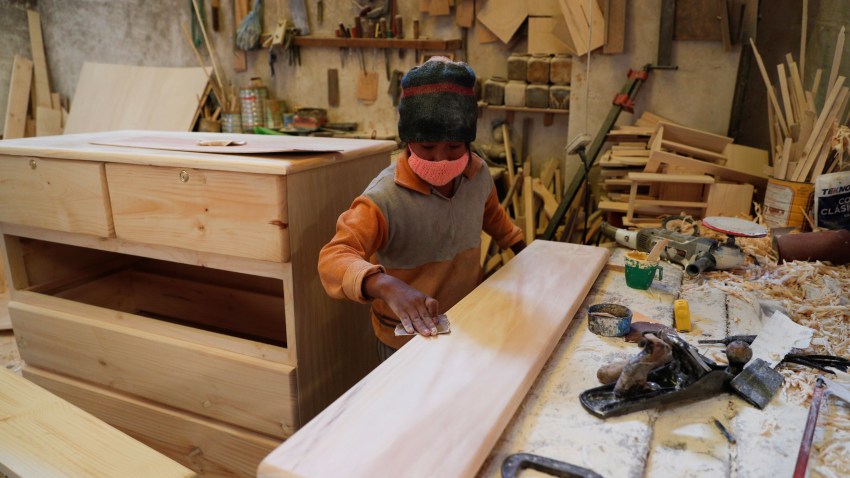Since 1954, when it designated Nov. 20 as World Children’s Day, the United Nations has asked communities worldwide to use the day as an “inspirational entry-point to advocate, promote and celebrate children’s rights, translating into dialogues and actions that will build a better world for children.”
One key priority for advocacy groups is the prohibition of child labor, with Target 8.7 of the Sustainable Development Goals calling for the end of child labor “in all its forms” by 2025. But as World Children’s Day approaches this year, it’s worth examining whether children need to be protected from work, or whether it would be better to instead try to empower child workers.
Protecting Child Workers
For over 100 years, human rights agreements have set labor standards for adult workers, including the rights to work, favorable work conditions and unionization. In 1973, the International Labour Organization—a specialized agency of the U.N.—created the Minimum Age Convention, which prohibits children in developed countries from working before they have reached age 15 and completed their mandatory schooling. Developing countries were allowed to set their minimum work age at 14. Notably, the U.S. never ratified the convention.

